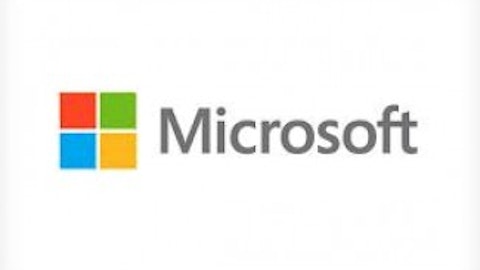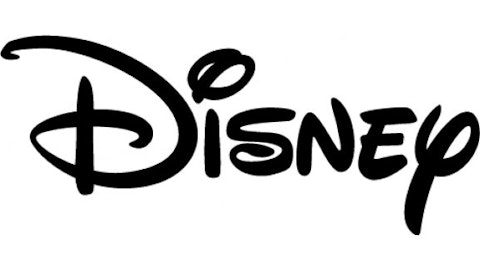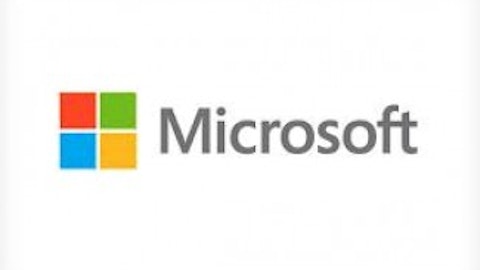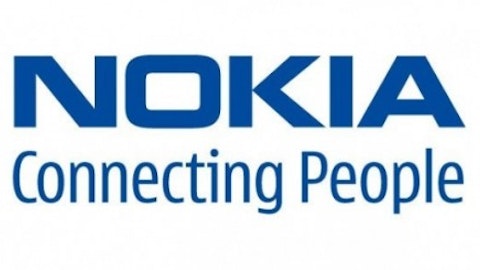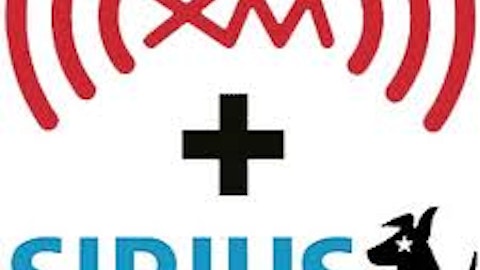On Sept. 2, Microsoft Corporation (NASDAQ:MSFT) agreed to pay €5.4 billion, or $7.2 billion, for Nokia Corporation (ADR) (NYSE:NOK)‘s mobile business and a license to use many of the company’s patents. The deal cements Microsoft’s transition into a device and services company, putting it up against Apple’s iPhone and devices running Google Inc (NASDAQ:GOOG)‘s Android platform. Microsoft plans to bolster profits in key mobile markets by building on its partnership with Nokia. Nokia told its investors that it will focus on its established service businesses and patented technologies after the acquisition to propel future sales and growth.
Expectations from acquiring Nokia
By acquiring Nokia Corporation (ADR) (NYSE:NOK), Microsoft Corporation (NASDAQ:MSFT) will vertically integrate its Windows Phone OS with Nokia’s smartphone brands, such as the flagship Asha and Lumia series. Vertical integration is a business model where a company owns all components of its product line. This model has proved essential to Apple’s successful line of smartphones, tablets, and computers. Similarly, Google Inc (NASDAQ:GOOG) acquired Motorola two years ago to integrate Motorola’s line of phones with its Android software. With the acquisition of Nokia, Microsoft will gain control over software and hardware development and marketing costs.
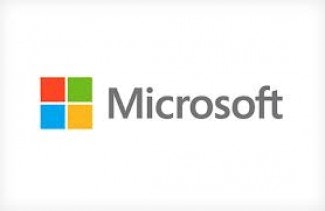
The company expects operating income will break even with the costs of a new business unit when smartphone sales exceed 50 million units. Nokia Corporation (ADR) (NYSE:NOK) has a run-rate of about 30 million units. Nokia sold 7.4 million Lumia smartphones in the second quarter, up 32% sequentially. This compares Apple’s 31 million and Android’s 187 million smartphones sold in the quarter.
Microsoft Corporation (NASDAQ:MSFT) expects the transaction to close in the first quarter of 2014, following approval by Nokia Corporation (ADR) (NYSE:NOK)’s shareholders and regulators. Microsoft will accrue annual cost synergies of $600 million 18 months after the deal closes. The company foresees a loss of $0.12 per share in the current fiscal year, but believes the transaction will add growth to earnings by fiscal 2016. Microsoft projects fiscal 2016 earnings to come in at $0.04 per share.

Source: Microsoft
Current market growth
Microsoft Corporation (NASDAQ:MSFT)’s partnership with Nokia Corporation (ADR) (NYSE:NOK) has helped distribute Windows Phone across developed and emerging markets. Windows Phone exceeded BlackBerry’s OS in the second quarter to become the third most popular mobile platform in the world. According to Microsoft, Windows Phone has outsold BlackBerry in 34 markets. Microsoft captured 3.7% of the market on shipments of 8.7 million smartphones. Apple placed second with 13.2% market share.
Google Inc (NASDAQ:GOOG)’s Android platform has rapidly expanded into various price points and markets, attracting large communities of hardware manufacturers and mobile phone users. Google’s operating system captured 78.3% of the market.The company recently announced that it activated over 1 billion Android devices since the platform released less than six years ago.
Google Inc (NASDAQ:GOOG) has more than doubled the number of activations since last September when the company celebrated 500 million Android activations. Android users anticipate the release of Google’s upcoming release of Android 4.4 Kit Kat. Google has not unveiled the release date but tech blogs claim the new Android operating system is slated for an October release.
Strong sales of Nokia Corporation (ADR) (NYSE:NOK)’s Lumia smartphones in the second quarter boosted its Windows Phone market share against other OEMs. Windows Phone controls over 10% market share in 9 different markets, Microsoft Corporation (NASDAQ:MSFT) said in a statement. Nokia accounted for 81.6% of all Windows Phone smartphone shipments, ahead of Samsung with 11.5% share. OEMs such as HTC and Huawei, which primarily use Google Inc (NASDAQ:GOOG)’s Android platform, shipped less than 400,000 Windows Phone units.

Source: Microsoft
Nokia Corporation (ADR) (NYSE:NOK) sold 61.1 million mobile phones globally in the second quarter, down 27% Y/Y from 83.7 million and 113.5 million at the end of 2011. Samsung controls 26.2% of the mobile phone market with shipments of 113.4 million mobile phones. Nokia and Apple follows with 14.1% and 7.2% market share, respectively. Nokia released the Asha 501 near the end of the second quarter that targets the competitive sub-$100 mobile phone segment. Nokia believes the new smartphone will attract new customers and recover lost sales from low-cost Android handsets. Nokia sold 4.3 million Asha full-touch smartphones last quarter.
Future market growth
Feature phones represent a large percentage of Nokia Corporation (ADR) (NYSE:NOK)’s global mobile phone shipments. Microsoft Corporation (NASDAQ:MSFT) needs to recognize that feature phones do not promise growth in the next few years as consumers shift to low-cost smartphones. In the long term, feature phones present Microsoft a small opportunity for growth, said Francisco Jeronimo, research director at IDC.
“In the short term it is important that Microsoft Corporation (NASDAQ:MSFT) keeps the segment alive and profitable. This will give it access to markets where feature phones are still the dominant segment and where Nokia Corporation (ADR) (NYSE:NOK)’s brand is still strong,” Jeronimo said.
